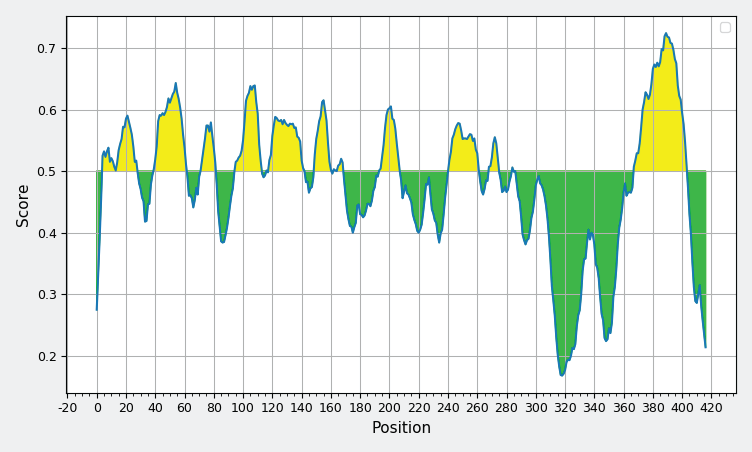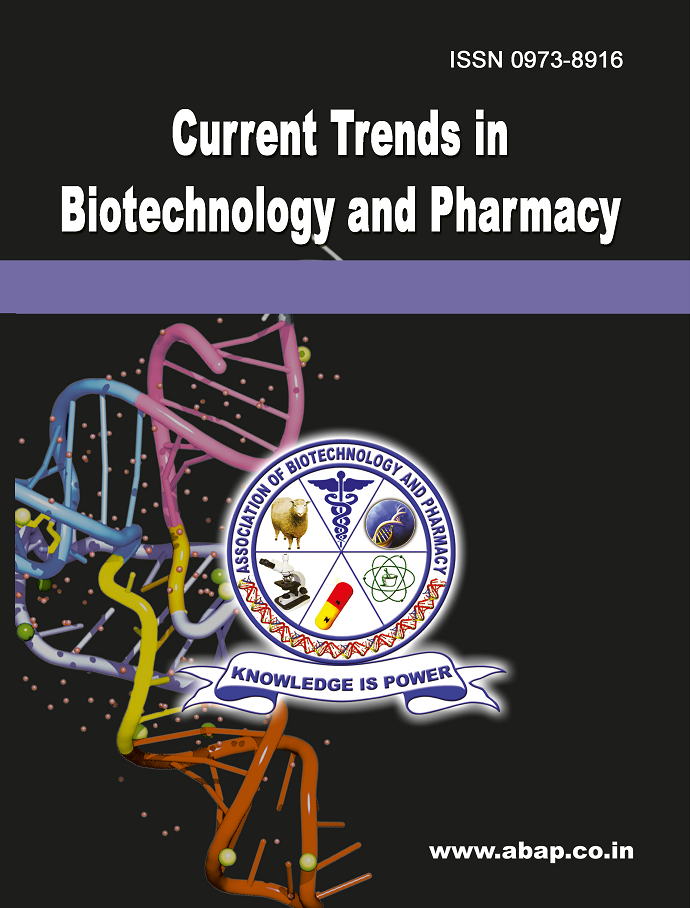Immunoinformatic-Based Design of a Multi-Epitope Vaccine Against Heartland Virus
DOI:
https://doi.org/10.5530/ctbp.2025.3.32Keywords:
Heartland Virus (HRTV), Epitope- based vaccine, Immunoinformatics, Nucleocapsid protein,, Molecular docking, In silico analysisAbstract
A developing tick-borne virus called Heartland virus (HRTV) is identified with febrile illness, and in a few cases, also with encephalitis. Most patients will recover fully but some are left with long-term fatigue and neurological sequelae. Recent epidemiologic data suggest increases in HRTV cases largely due to spreading tick populations and global climate change. There are still no vaccines nor specific antiviral treatments for the disease; a new prophylactic approach needs to be pursued against HRTV. This study used immunoinformatics to build a multi-epitope vaccination against HRTV. The goal of the HRTV nucleocapsid protein was to anticipate B- and T-cell epitopes. Identified epitopes were evaluated against conservancy, toxicity, allergenicity, and immunogenicity. Qualified epitopes were aligned to HLA alleles with the assurance of inducing robust immunity activation. These epitopes were assembled in a vaccine construct, with linkers and adjuvants enhancing immune response. Physicochemical analysis confirmed the vaccine’s immunogenicity, stability, and safety. Toll-like receptor-8 (TLR- 8) molecular docking and dynamics simulations confirmed the vaccine’s receptor-binding effectiveness. Efficient expression was guaranteed by codon optimization and in silico cloning into an Escherichia coli plasmid. According to preliminary findings, the suggested vaccine is safe, immunogenic, and stable for preventing HRTV. However, to confirm its safety profile and protective effects, more in vitro and in vivo research is needed.



